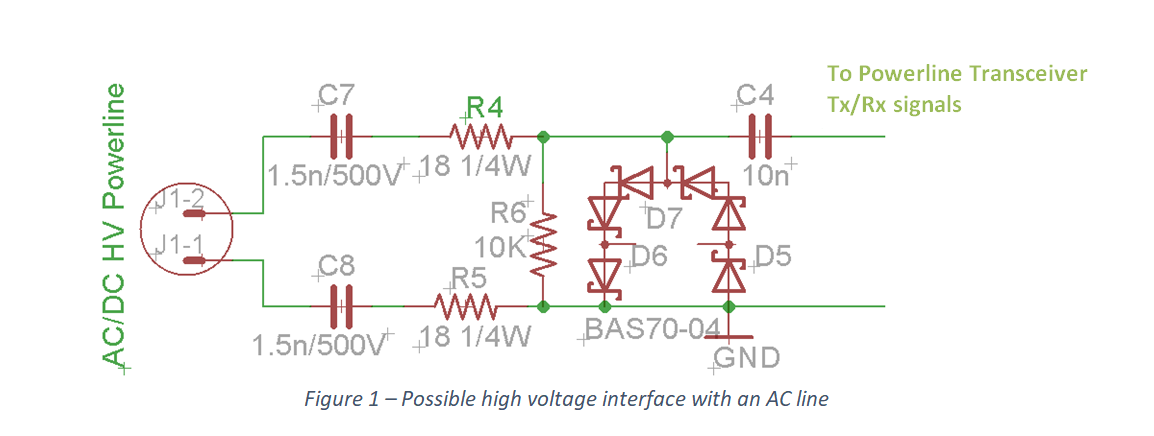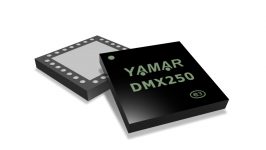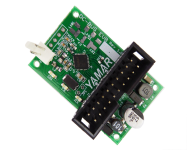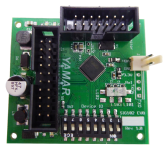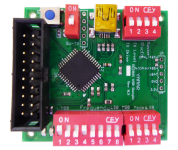Transferring UART/LIN/CAN/SPI/DMX/RDM over AC power lines
Conducting communication over AC power lines is well known for transferring high-speed data such as Ethernet or very low speed such as Metering.
Yamar's AC powerline solution is designed for the medium speed application allowing a seamless interface with UART, LIN Bus, SPI, CAN Bus, I2C, and DMX protocols to be transmitted over a single powerline.
The powerline transceiver is designed to operate as a physical layer that merges data over the AC or DC power lines, eliminating data and discrete control wires. The user-selectable narrow-band carrier in frequencies from of 5MHz to 30MHz allows several independent networks to exist over the same power line, along with high sensitivity and robustness to the powerline channel noise.
The coupling to the AC power line can be capacitive using two high voltage capacitors and protection diodes.
Figure 1 below depicts a possible high voltage AC and DC powerline coupling interface. The powerline transceiver high-frequency carrier is coupled to the powerline via capacitors C7 and C8. D5, D6, and D7 are external protection networks that clip the residual high voltage impulses that may pass via C7 and C8.
The use of Yamar's SIG100 (UART/LIN), DCB1M (UART, SPI, I2C), DCAN500 (CAN bus), and DMX250 (DMX512) devices allows the user to remove any exiting wiring and use the AC powerline as the new media to convey its data stream without changing its data link layer.


